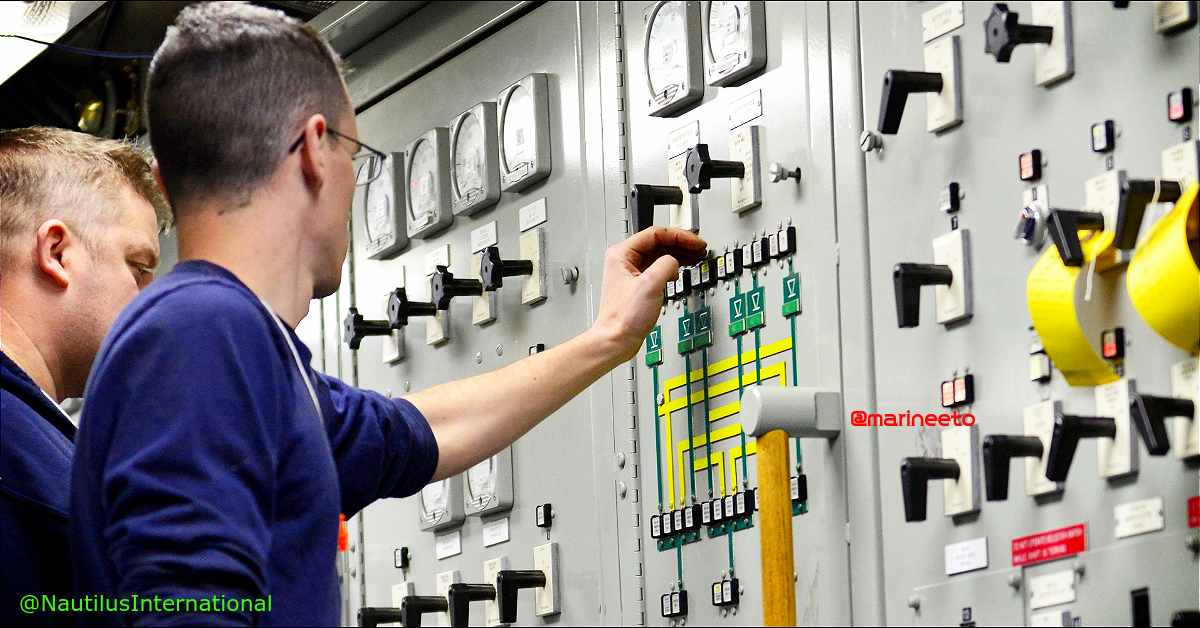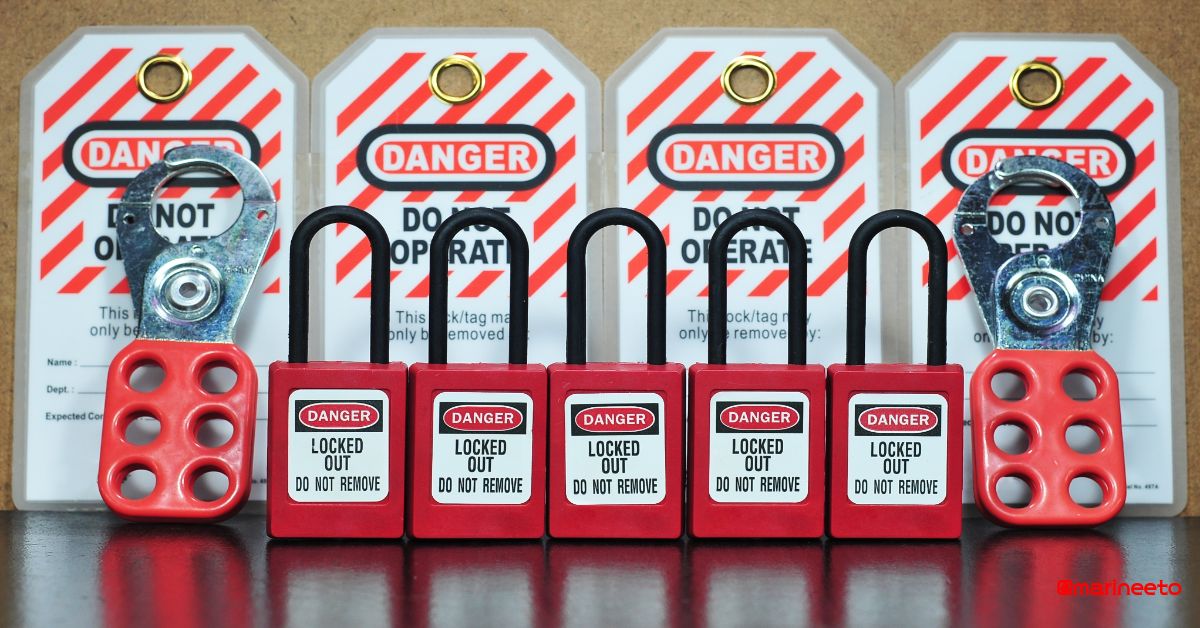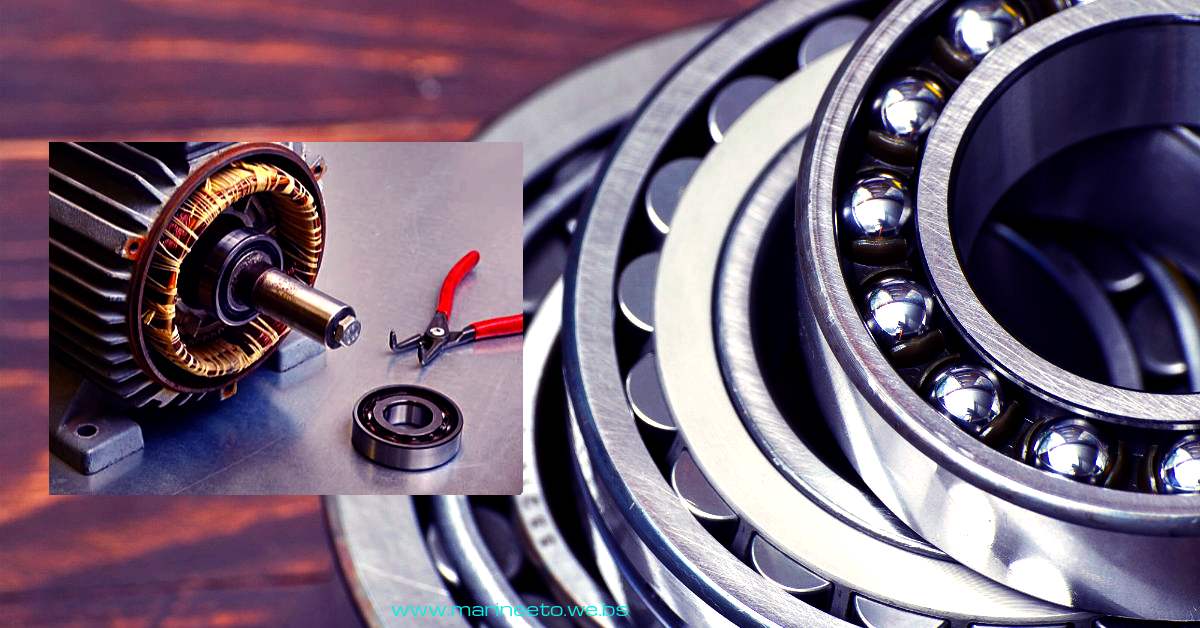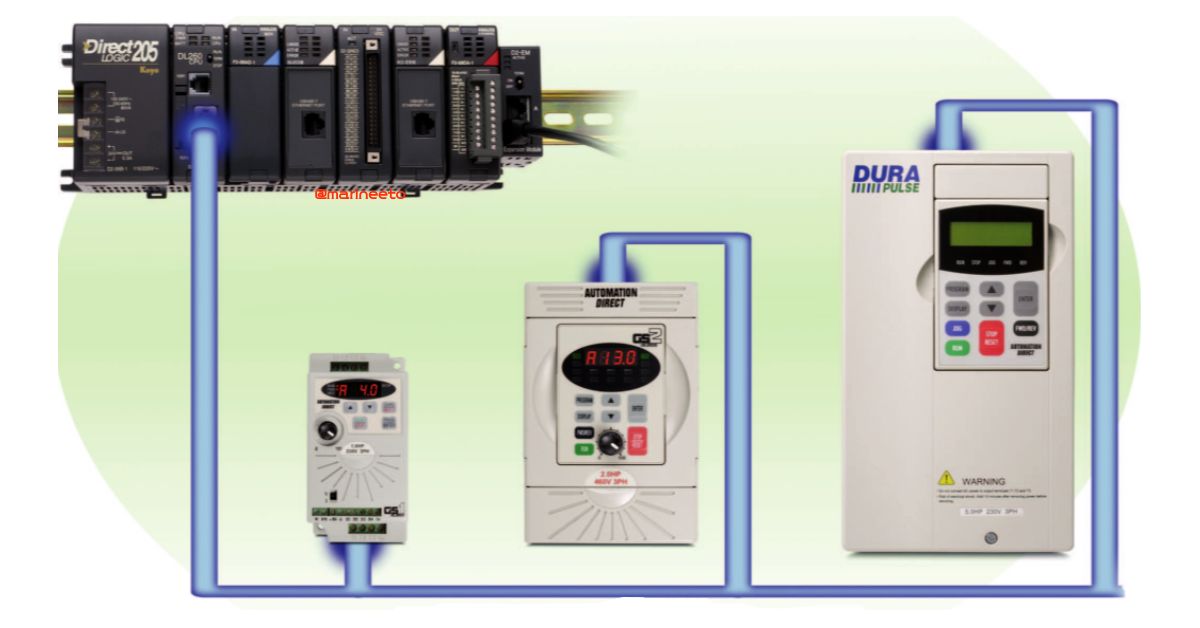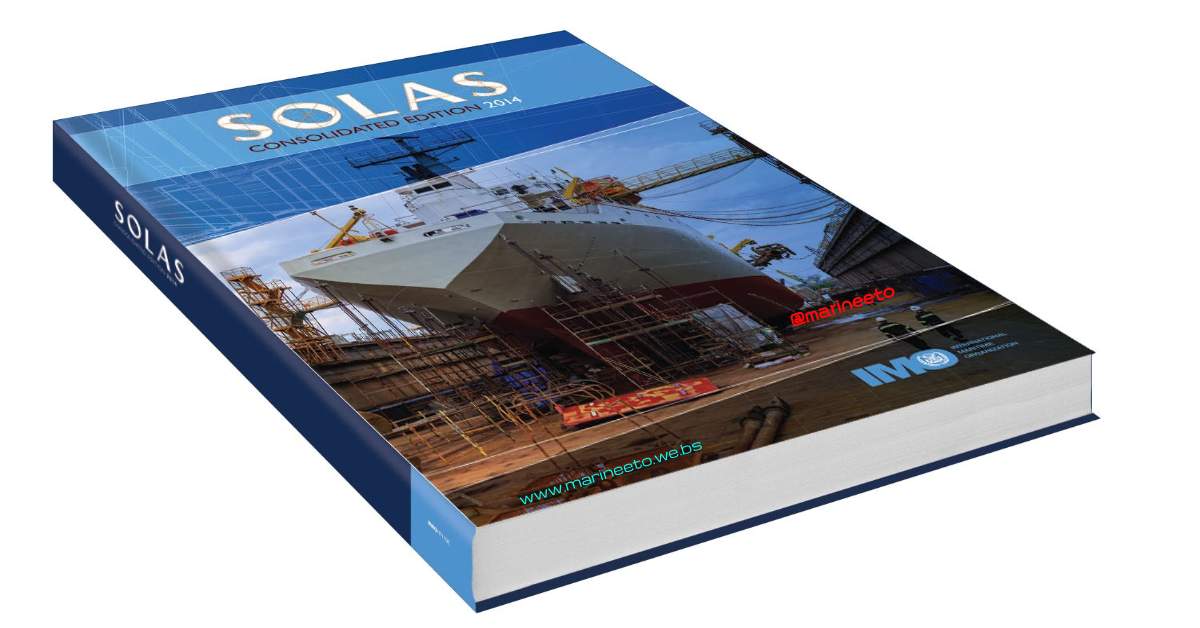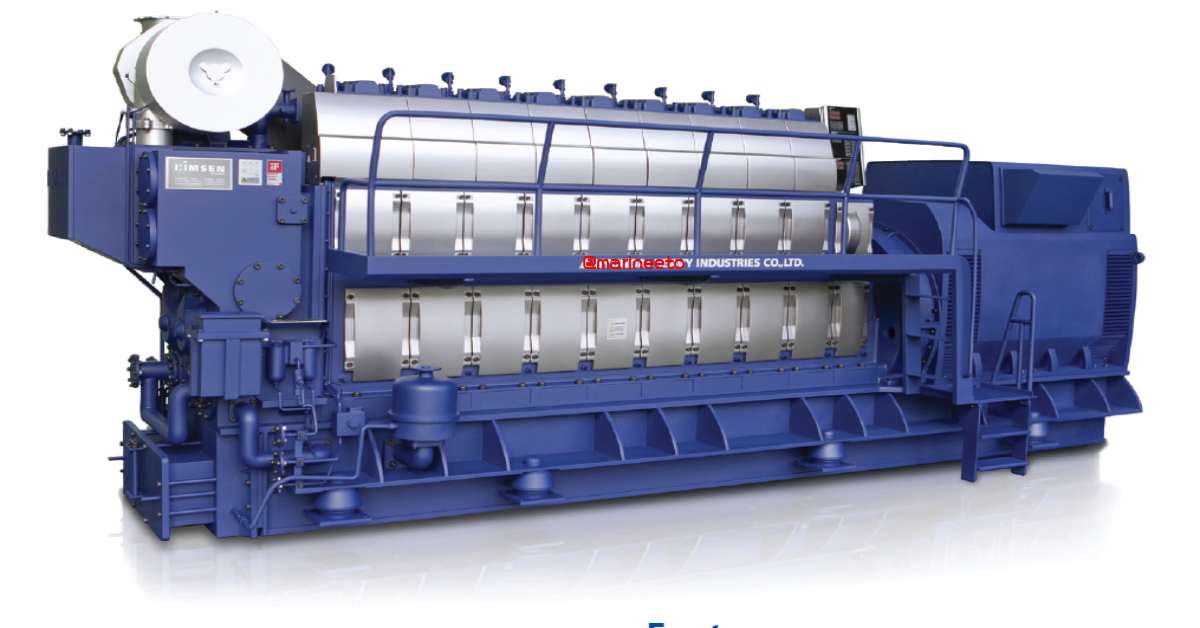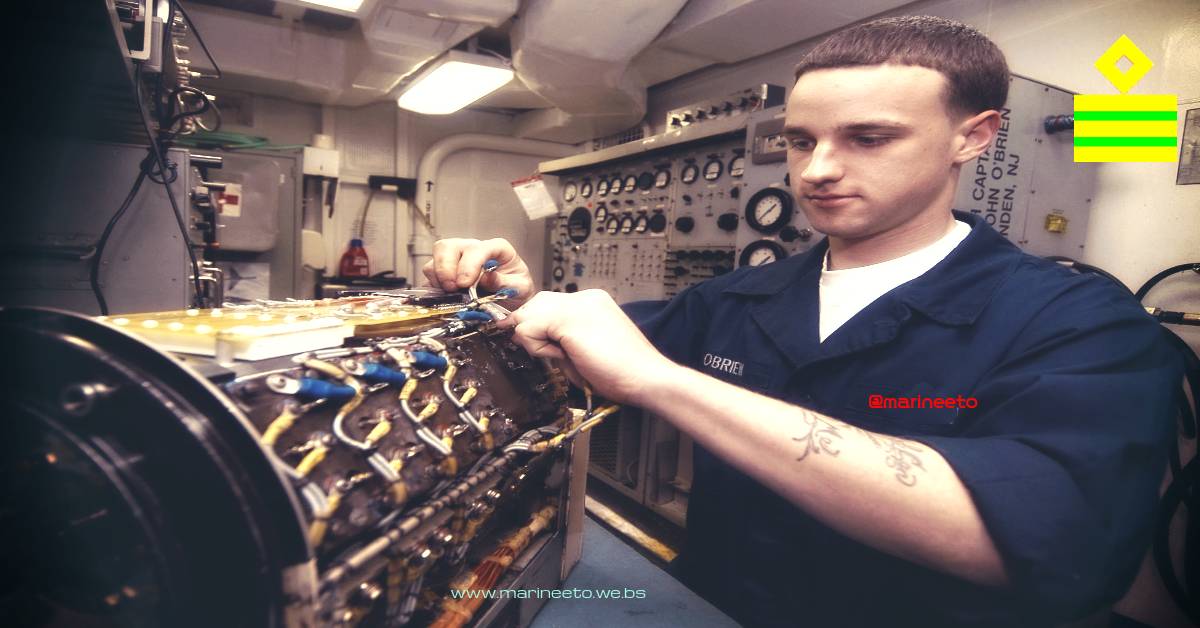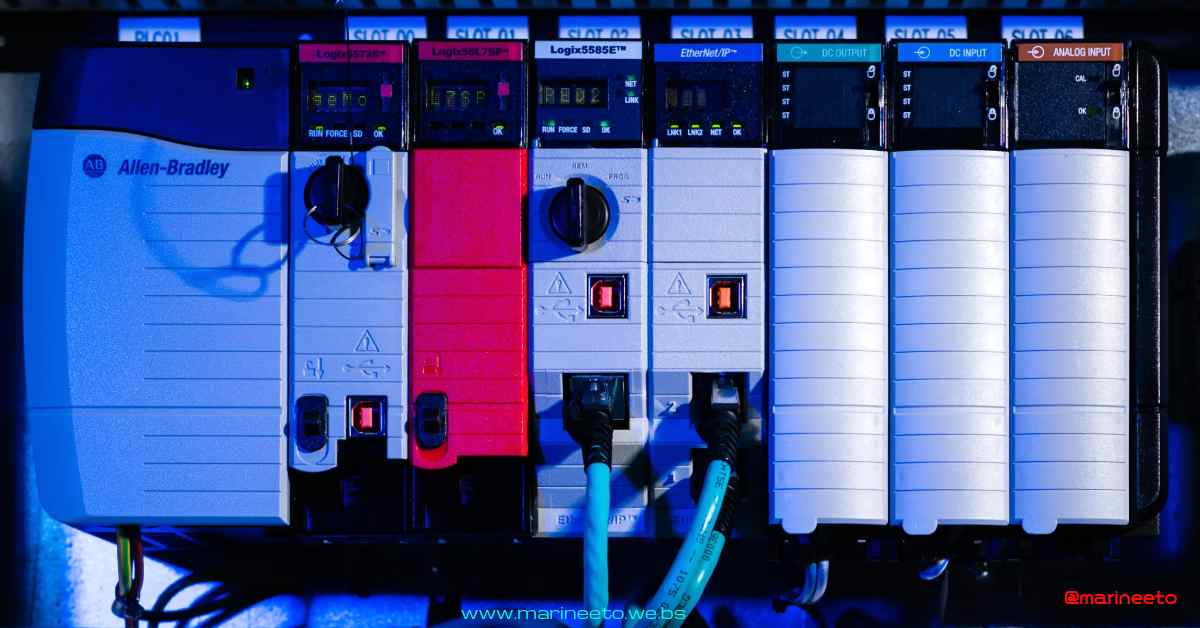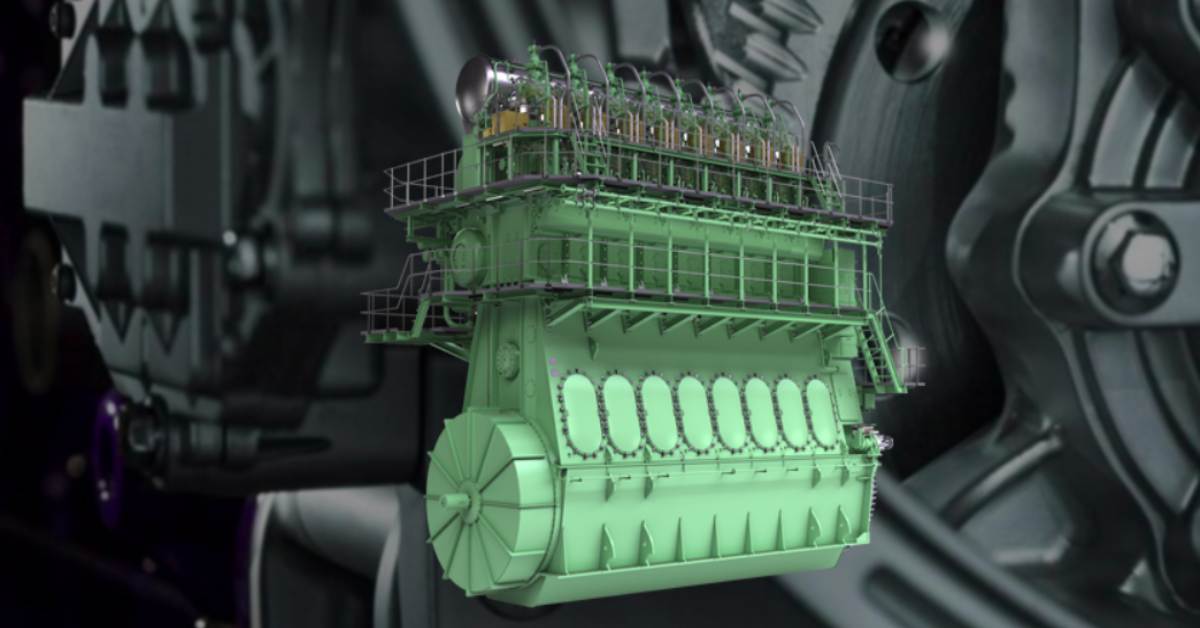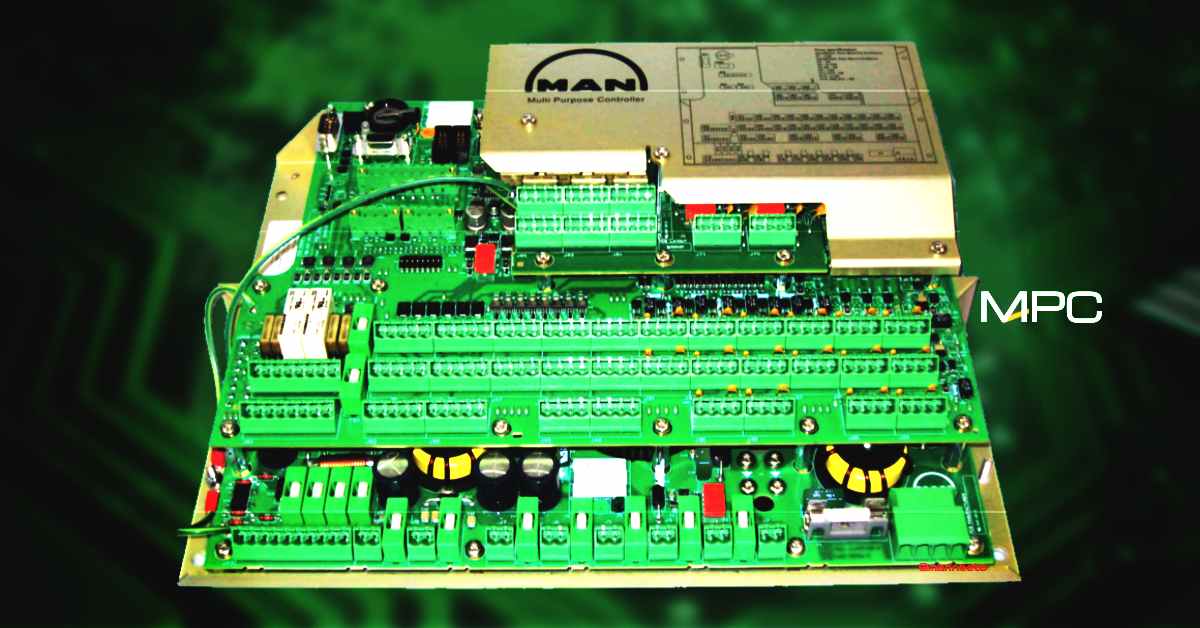SYNCHRONOUS MOTOR COMPLETE GUIDE
SYNCHRONOUS MOTOR WORKING PRINCIPLE
Electrical motor, in general, is an electro-mechanical device that converts energy from the electrical domain to the mechanical domain. Based on the type of input we have classified it into single phase and 3 phase motors. Among 3 phase induction motors and synchronous motors are more widely used.
When a 3 phase electric conductors are placed in certain geometrical positions (In certain angles from one another) there is an electrical field generated.
Now the rotating magnetic field rotates at a certain speed, that speed is called synchronous speed. Now if an electromagnet is present in this rotating magnetic field, the electromagnet is magnetically locked with this rotating magnetic field and rotates with the same speed of the rotating field.
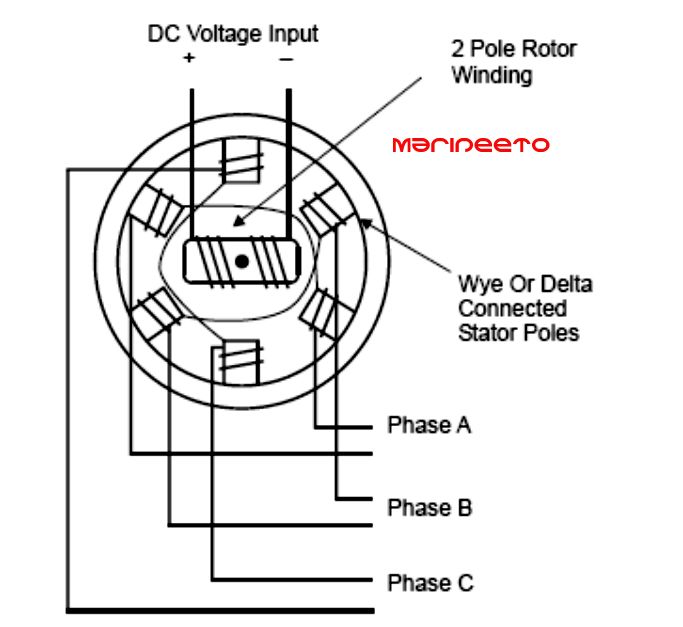
Synchronous motors are called so because the speed of the rotor of this motor is the same as the rotating magnetic field. It is basically a fixed speed motor because it has only one speed, which is synchronous speed and therefore no intermediate speed is there or in other words, its in synchronism with the supply frequency.
Synchronous speed is given defined by the number of pole pairs and the supply frequency. i.e. a motor running at 50Hz and using only one pole pair per phase would run at 60 x 50 = 3000rpm. A motor running at 60Hz and using 2 pole pairs per phase would run at (60 x 60) / 2 = 1800rpm.
Normally construction is almost similar to that of a 3 phase induction motor, except the fact that the rotor is given dc supply, the reason for which is explained later.
Now, let us first go through the basic construction of this type of motor From the above picture, it is clear how this type of motors is designed. The stator is given three-phase supply and the rotor is given dc supply.
MAIN FEATURES OF SYNCHRONOUS MOTORS
Synchronous motors are inherently not self-starting. They require some external means to bring their speed close to synchronous speed before they are synchronized.
The speed of operation is in synchronism with the supply frequency and hence for constant supply frequency they behave as constant speed motor irrespective of load condition
This motor has the unique characteristics of operating under any electrical power factor. This makes it is used in electrical power factor improvement.
PRINCIPLE OF OPERATION OF SYNCHRONOUS MOTORS
Synchronous motor is a doubly excited machine i.e two electrical inputs are provided to it. Its stator winding which consists of a 3 phase winding is provided with 3 phase supply and the rotor is provided with DC supply. The 3 phase stator winding carrying 3 phase currents produces 3 phase rotating magnetic flux.
The rotor carrying DC supply also produces a constant flux. Considering the frequency to be 50 Hz, from the above relation we can see that the 3 phase rotating flux rotates about 3000 revolutions in 1 min or 50 revolutions in 1 sec. At a particular instant rotor and stator poles might be of the same polarity (N-N or S-S) causing repulsive force on rotor and the very next second it will be N-S causing attractive force.
But due to the inertia of the rotor, it is unable to rotate in any direction due to attractive or repulsive force and remain in standstill condition. Hence it is not self-starting.
To overcome this inertia, the rotor is initially fed some mechanical input which rotates it in the same direction as a magnetic field to a speed very close to synchronous speed. After some time magnetic locking occurs and the synchronous motor rotates in synchronism with the frequency.
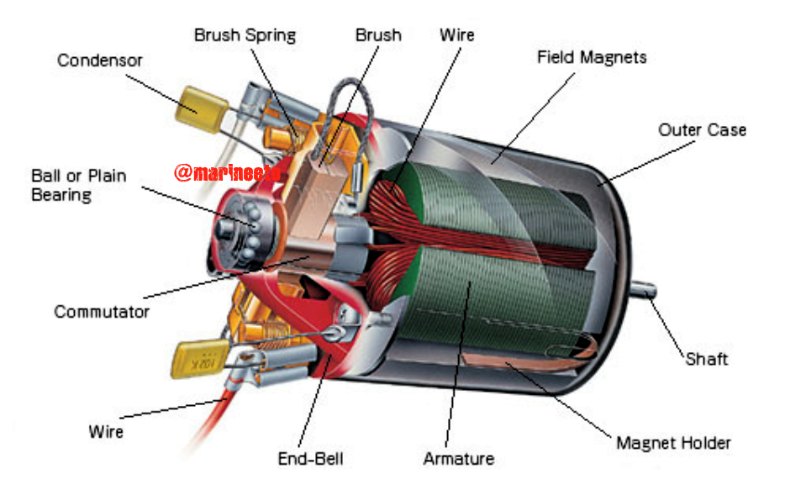
METHODS OF STARTING OF SYNCHRONOUS MOTOR
1.EXTERNAL PRIME MOVER

Synchronous motors are mechanically coupled with another motor. It could be either 3 phase induction motor or DC shunt motor. DC excitation is not fed initially.
It is rotated at speed very close to its synchronous speed and after that DC excitation is given. After some time when magnetic locking takes place supply to the external motor is cut off.
2.DAMPER WINDINGS
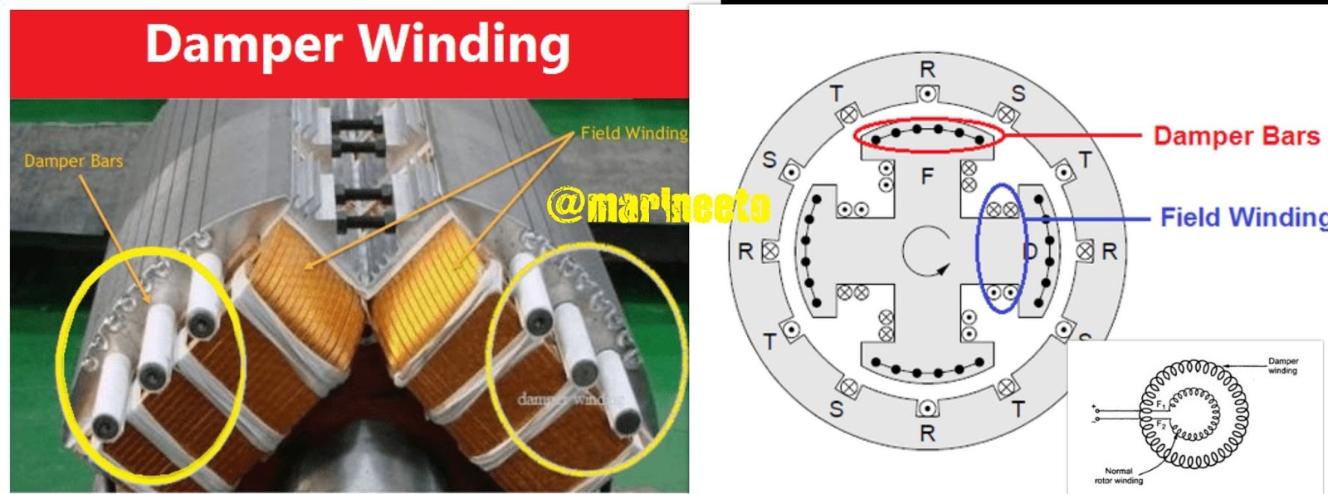
In case, the synchronous motor is of salient pole type, the additional winding is placed in the rotor pole face. Initially, when the rotor is standstill, the relative speed between damper winding and rotating air gap flux in large and an emf is induced in it which produces the required starting torque.
As speed approaches synchronous speed, emf and torque are reduced and finally when magnetic locking takes place, the torque also reduces to zero.
Hence in this case synchronous is first run as three-phase induction motor using additional winding and finally, it is synchronized with the frequency.
3.SYNCHRONOUS INDUCTION STARTING
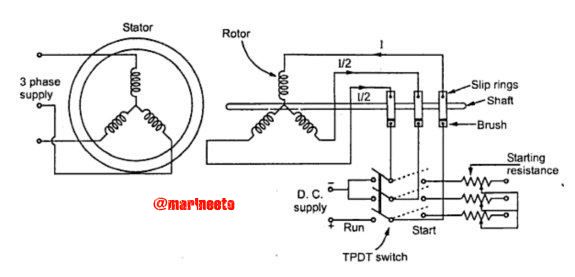
Here, the stator of the synchronous motor is excited by 3 phase voltage. The rotor is connected to slip rings and further to a TPDT (Triple Pole Double Throw) switch.
Initially, this switch is connected to the start position which has external resistance. This way of starting is similar to rotor resistance starting in Induction Motor. As soon as the motor starts rotating and attains a certain pre-determined speed, the switch position is changed to run.
The Run position has an external battery supply, which when connected excites the rotor with DC Current and poles are formed, and on the rotor and based on the principle of magnetic locking.
SYNCHRONOUS MOTOR EXCITATION
Prior to understanding this synchronous motor excitation, it should be remembered that any electromagnetic device must draw a magnetizing current from the ac source to produce the required working flux. This current lags by almost 90° to the supply voltage. In other words, the function of this magnetizing current or lagging VA drawn by the electromagnetic device is to set up the flux in the magnetic circuit of the device.
The synchronous motor is doubly-fed electrical motor i.e it converts electrical energy to mechanical energy via a magnetic circuit. Hence it comes under an electromagnetic device. It receives 3 phase ac electrical supply to its armature winding and DC supply is provided to the rotor winding.
Synchronous motor excitation refers to the DC supply given to the rotor which is used to produce the required magnetic flux. One of the major and unique characteristics of this motor is that it can be operated at any electrical power factor leading, lagging or unity and this feature is based on the excitation of the synchronous motor.
When the synchronous motor is working at a constant applied voltage V, the resultant air-gap flux as demanded by V remains substantially constant. This resultant air-gap flux is established by the cooperation of both AC supply of armature winding and DC supply of rotor winding.
CASE 1: When the field current is sufficient enough to produce the air-gap flux, as demanded by the constant supply voltage V, then the magnetizing current or lagging reactive VA required from ac source is zero and the motor operates at unity power factor. The field current, which causes this unity power factor is called normal excitation or normal field current.
CASE 2: If the field current is not sufficient enough to produce the required air gap flux as demanded by V, additional magnetizing current or lagging reactive VA is drawn from the AC source. This magnetizing current produces the deficient flux (constant flux- flux set up by dc supply rotor winding). Hence, in this case, the motor is said to operate under lagging power factor and the is said to be under excited.
CASE 3: If the field current is more than the normal field current, the motor is said to be over-excited. This excess field current produces excess flux ( flux set up by DC supply rotor winding – resultant air-gap flux) that must be neutralized by the armature winding. Hence the armature winding draws leading reactive VA or demagnetizing current leading voltage by almost 90 degree from the AC source. Hence, in this case, the motor operates under a leading power factor.
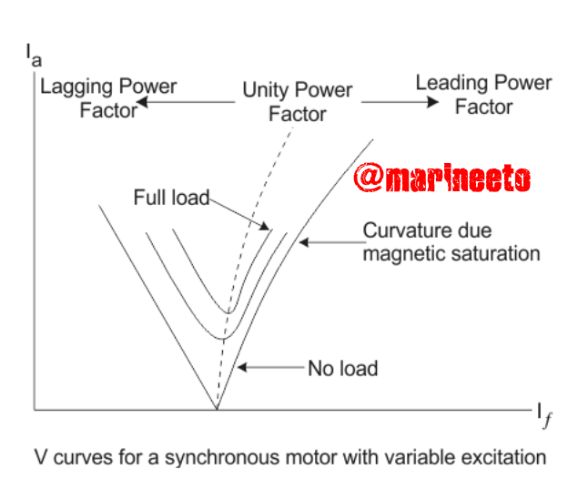
APPLICATIONS OF SYNCHRONOUS MOTORS
usually, synchronous motors are used for applications where precise and constant speed is required. Low power applications of these motors include positioning machines. These are also applied in robot actuators. Ball mills, clocks, record player turntables, Electrical propulsion also make use of synchronous motors. Besides these motors are also used as servomotors and timing machines.
These motors are available in a fractional horseshoe size range to high power industrial size range. While used in high power industrial sizes, these motors perform two important functions. One is as an efficient means of converting AC energy into mechanical energy and the other is Power factor correction.
Conclusion: An overexcited synchronous motor operates at a leading power factor, under-excited synchronous motor operates at lagging power factor and normal excited synchronous motor operate at the unity power factor.
ALSO WATCH
LIKE POST? PLEASE SHARE

